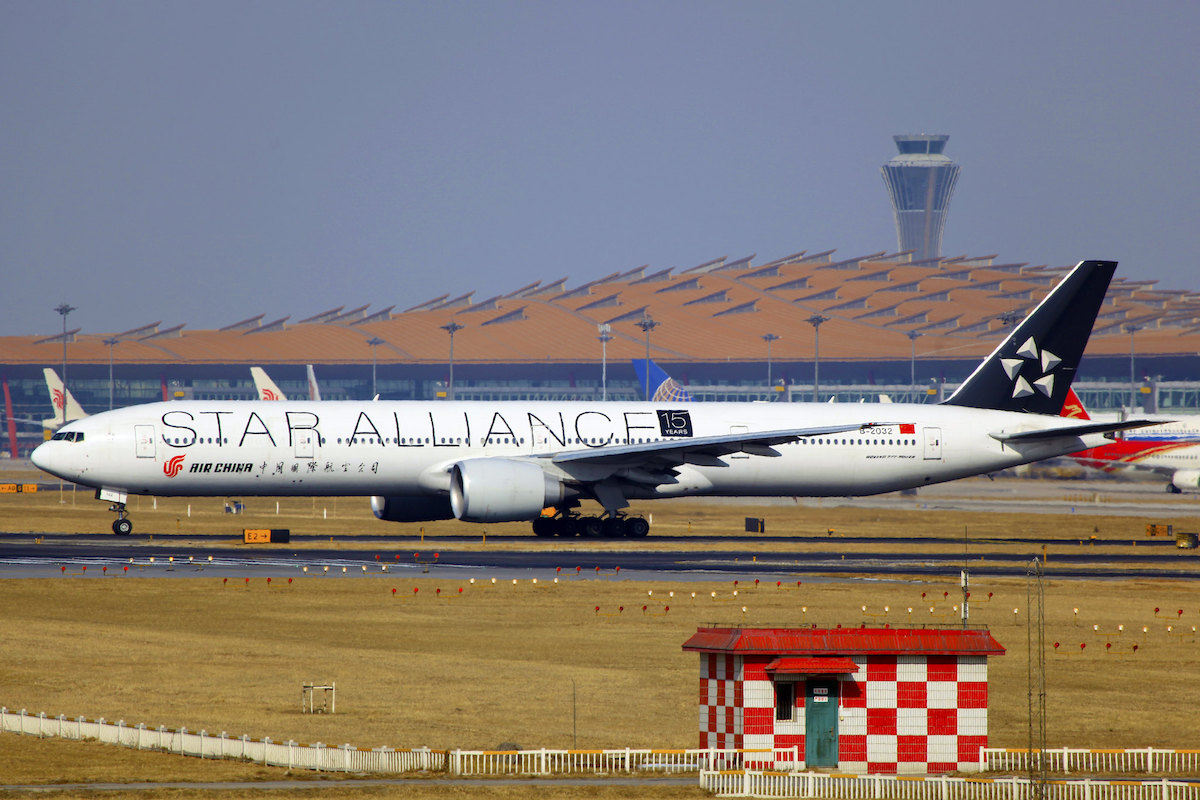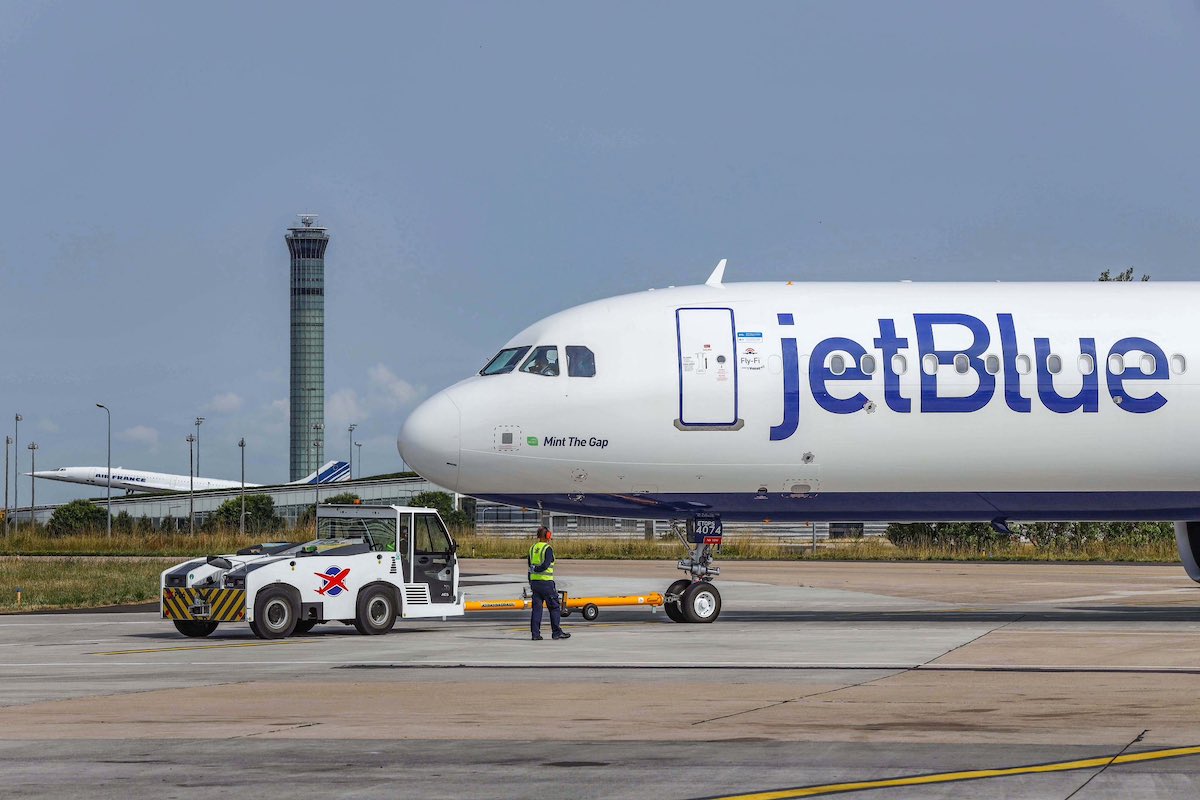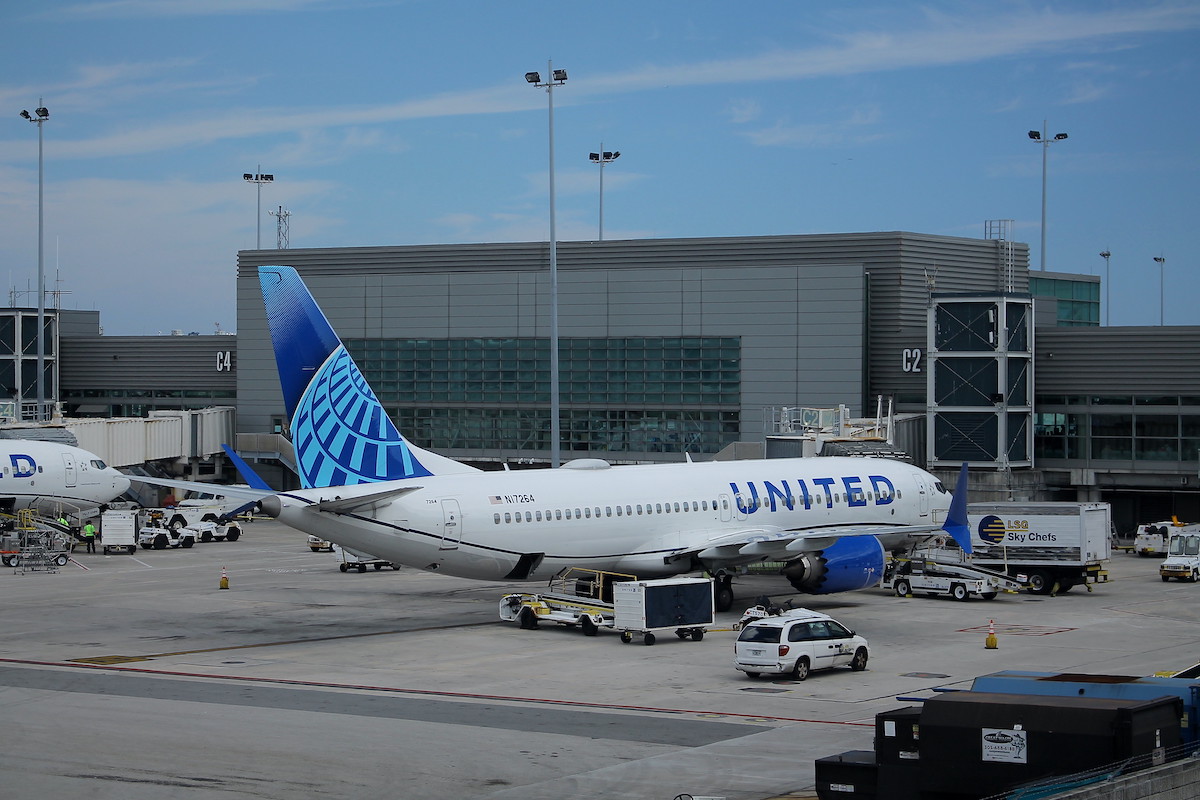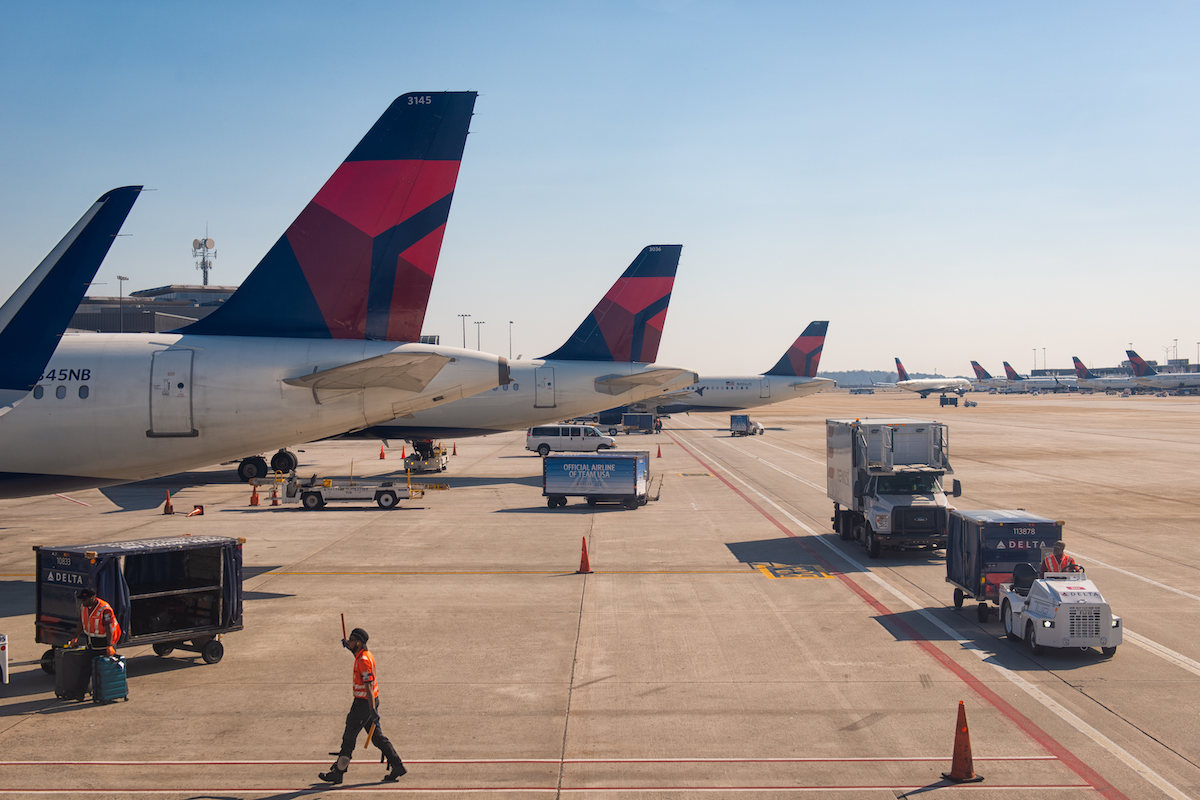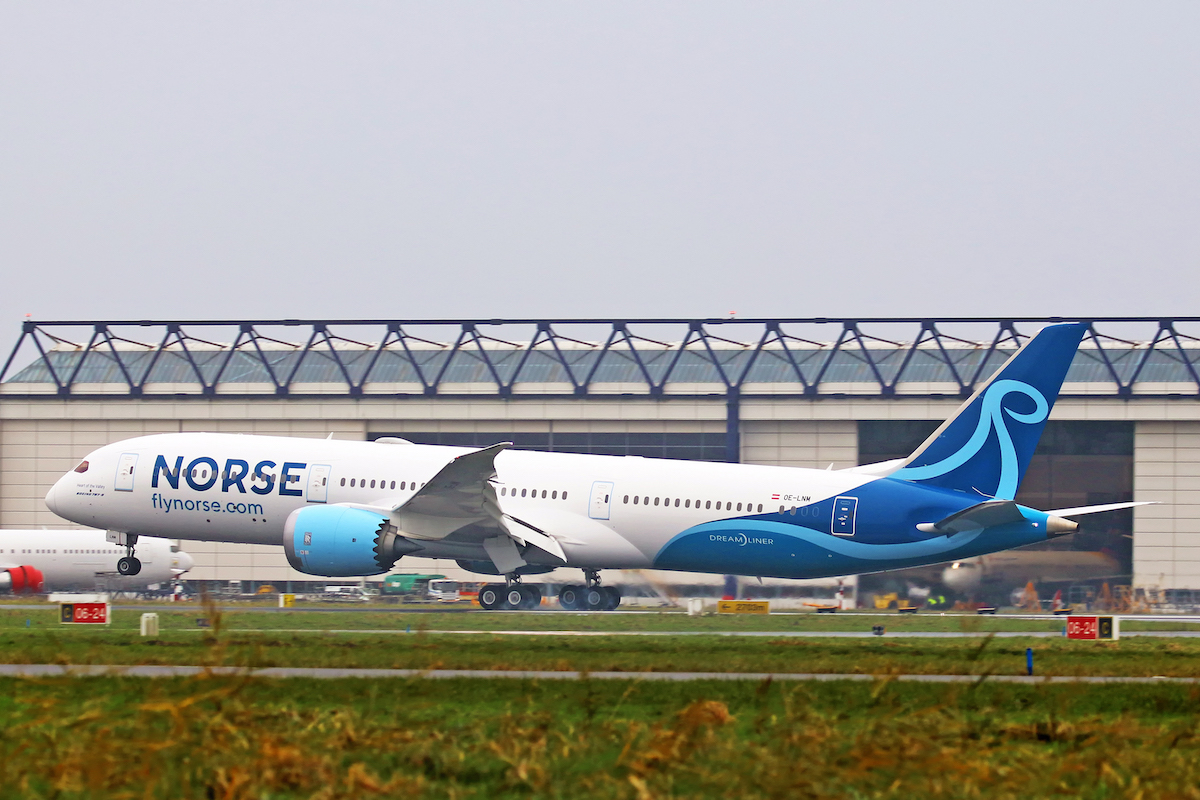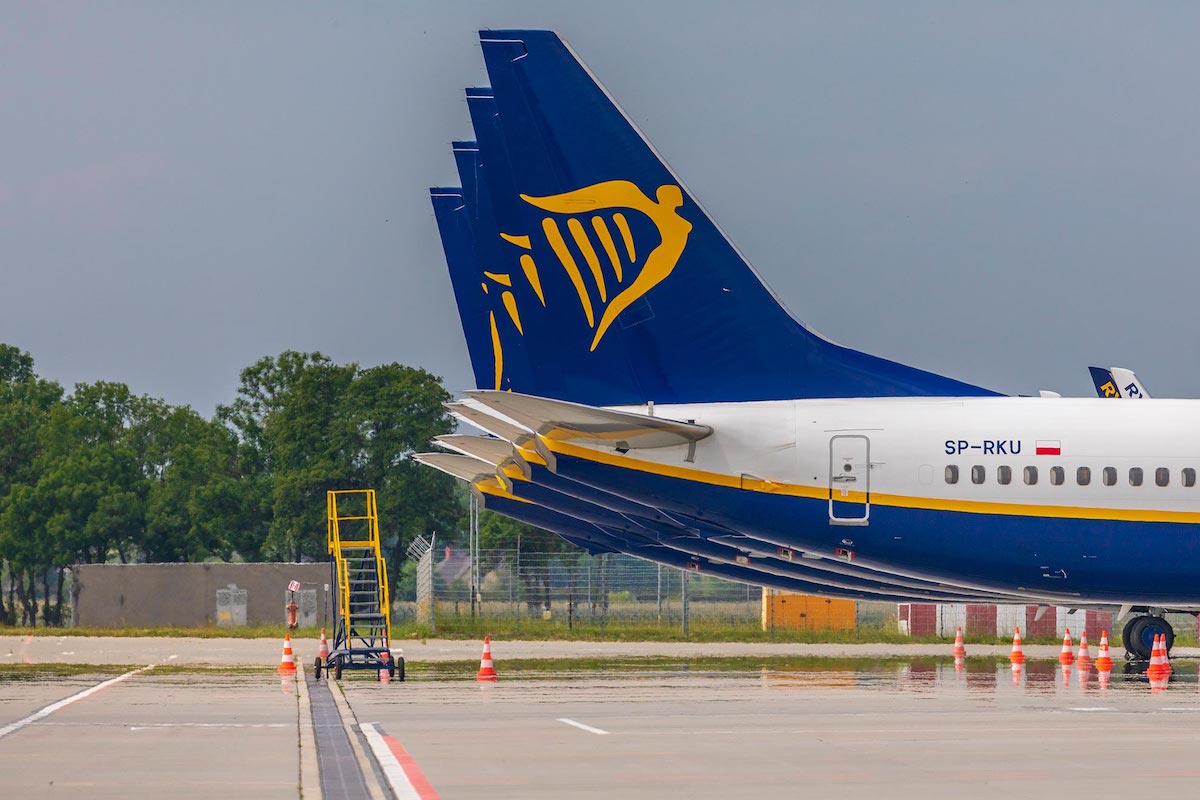U.S. and Chinese airlines are eager to resume nonstop flights between the two countries following a diplomatic accord in August doubling the number allowed. They have proposed 63 weekly flights this winter in a bet that pressure from the industry could force the countries to allow more flights above the limit set in August.
American Airlines, Delta Air Lines, and United Airlines in the U.S. have proposed 31 flights a week from January, a review of U.S. Department of Transportation filings through September 22 shows. And Air China, China Eastern, China Southern, and Hainan Airlines in China have proposed 32 weekly flights from October 29, the official start of the winter airline schedule season.
Airlines of each country are allowed just 24 weekly flights each — or 48 total — from October 29, the DOT said on August 11. And, so far, there is no indication whether that cap will be lifted further or if the regulator will require airlines pullback on their proposed schedules.
Sources indicate that the major U.S. carriers believe the DOT will raise the cap this winter to accommodate all of the airline schedule requests.
The DOT did not respond to a request for comment on the matter.
Prior to the pandemic, there were more than 350 flights a week between the U.S. and China, according to Cirium Diio schedules. The proposed 63 flights a week would represent just 18% of the flights operated four years ago.
Nonstop flights between the U.S. and China have been restricted since early in the pandemic. That’s when China, under its zero-Covid policy, curtailed most international flights to the country. The U.S. followed suit limiting Chinese airlines access to its own airports. Those policies remained in place until earlier this year when China began easing border restrictions and reopening to international travelers. However, due to broader geopolitical tensions between the countries and Russia’s war in Ukraine, flights were capped at 12 a week for each country, or 24 total.
The U.S.-China flight cap remained in place even as transpacific travel surged this summer. Delta and United, the largest U.S. airlines across the Pacific, both reported their strongest unit revenue growth systemwide in their Asia-Pacific segments in the second quarter, the latest data available. That strong revenue performance was, in part, driven by less airline capacity in the market, particularly to China.
Carriers that were able to resume both China and U.S. flights, for example, All Nippon Airways, Cathay Pacific, and Korean Air, cashed in on strong demand for connecting flights in lieu of nonstops over their East Asian hubs.
The U.S. Travel Association estimates that the flight caps are costing the U.S. about $11 billion in spending from Chinese visitors annually.
When U.S.-China flights will rise above the current 48-a-week cap, or return to pre-pandemic numbers, is unknown. However, many do expect a continued easing of the restrictions in the coming months and years.
“Given the challenges inherent in the restoration of service between the U.S. and China, extensions of dormancy waivers may be necessary in the future,” Delta said in a filing with the DOT on September 22. The airline has requested approval to idle 32 of its 42 U.S.-China frequencies.
Below is a full list of the flights proposed by U.S. and Chinese carriers this winter as of September 22. Schedules are subject to change. Start dates after October 29 are noted.
Air China (8 weekly flights)
- Beijing Capital to Los Angeles twice weekly (plus three weekly flights on a circle route via New York JFK)
- Beijing Capital to New York JFK thrice weekly (operates as a circle route returning via Los Angeles)
- Beijing Capital to San Francisco twice weekly
- Shenzhen to Los Angeles once weekly
American (7 weekly flights)
- Dallas-Fort Worth to Shanghai Pudong daily from January 8
China Eastern (7 weekly flights)
- Shanghai Pudong to Los Angeles thrice weekly
- Shanghai Pudong to New York JFK twice weekly
- Shanghai Pudong to San Francisco twice weekly
China Southern (5 weekly flights)
- Guangzhou to Los Angeles four-times weekly
- Guangzhou to New York JFK once weekly
Delta (10 weekly flights)
- Detroit to Shanghai Pudong thrice weekly
- Seattle to Shanghai Pudong daily
Hainan (12 weekly flights)
- Beijing Capital to Boston thrice weekly
- Beijing Capital to Chicago O’Hare thrice weekly
- Beijing Capital to San Jose, Calif., thrice weekly
- Beijing Capital to Seattle-Tacoma thrice weekly
United (14 weekly flights)
- San Francisco to Beijing Capital daily from November 1
- San Francisco to Shanghai Pudong daily
